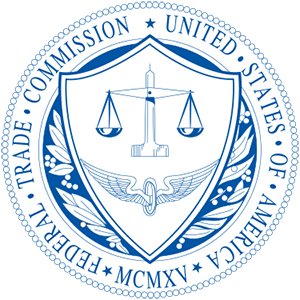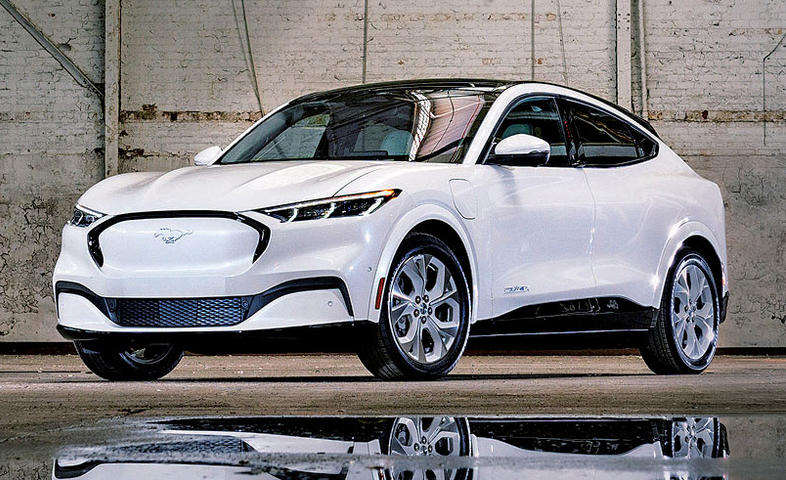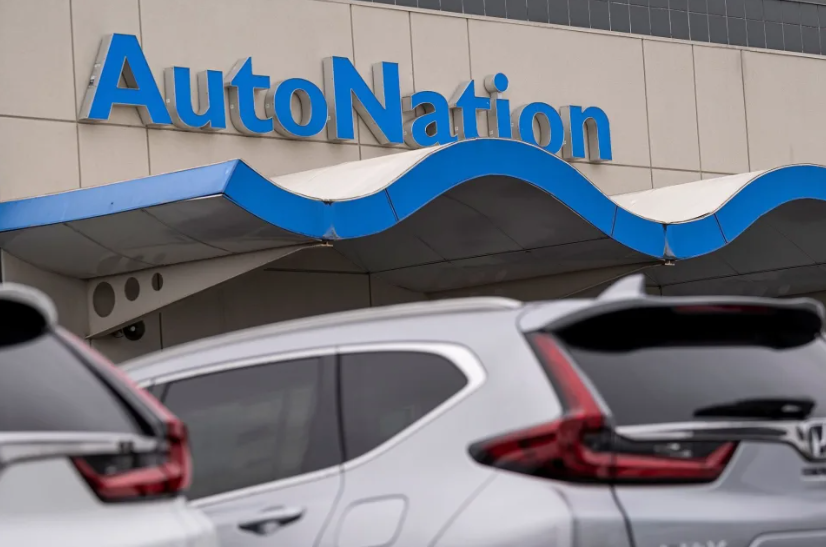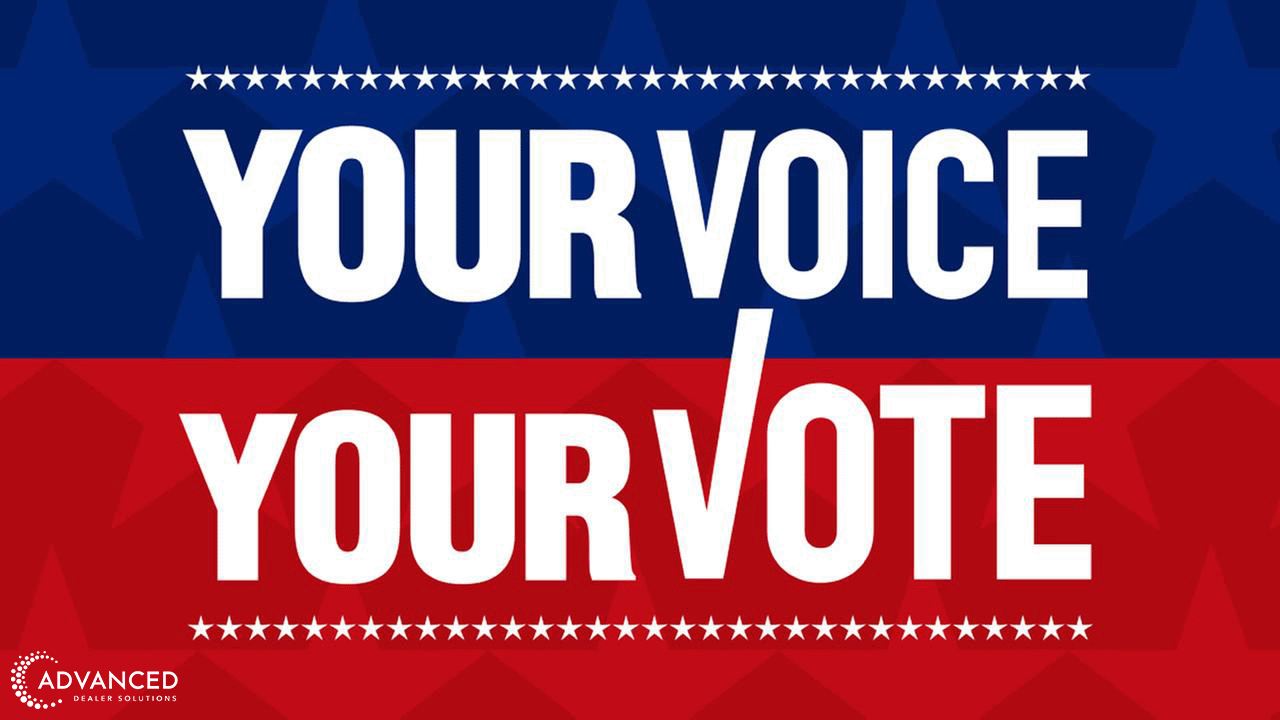Several automotive industry trends are impacting its future in 2023 and beyond. These trends involve how vehicles are powered, driven, shopped for, and acquired. Plus, there are statistics you must know about if you plan to buy a vehicle in 2023. Here are the top 10 trends shaping the future of the rapidly changing auto industry and some critical motor vehicle-related statistics.
Trends Shaping The Auto Industry In 2023
1. Increased Production Of Electric Cars With Digital Technology
Automakers continue to integrate more digital technology into their vehicles. Technology companies like Google and Tesla are also working on electric and self-driving vehicles. As a result, it’s clear that vehicles produced in 2023 and beyond with be full of technology to address digital touchpoints. There’s fierce competition to develop software and digital and electronic operating systems to power and control the new, innovative zero-emission electric vehicles. These new vehicles will be filled with digital technology.
2. A Rise In Digital Automobile Sales
Automakers in North America and Europe have started giving consumers the option to skip the visit to the car dealership and pick and purchase the vehicles they want online. With a computer or smartphone, buyers can shop at their convenience, explore and select the features they want on a vehicle and get the financing they need. In addition, dealerships now offer online sales, let an online buyer use virtual walk-around technology, facilitate at-home test drives and do home delivery of vehicles they sell. More dealerships will do so in 2023.
3. Increased Sales Of Pre-Owned Vehicles
There is a boom in used car sales going on. Car industry experts anticipate a 9% growth rate in used car sales between 2019 and 2025. The demand for used automobiles is rising, particularly for vehicles four years old or newer. These vehicles have many of the latest automotive technologies but are not as expensive as new ones. This includes pre-owned electric and hybrid automobiles. Dealerships now have inventories full of certified pre-owned autos that look, feel, and function like new cars but cost much less. Low APR financing also helps make pre-owned vehicles very attractive
4. More Connected Cars
Connected cars are vehicles connected to the Internet of Things using wireless means. These vehicles provide a safe, comfortable, convenient multimedia experience by using on-demand features that allow you to do anything you want on the web while in your vehicle. Connected cars can communicate bidirectionally with various other systems outside their local network. The vehicles can share internet access and data with devices inside and outside the car. Connected cars now send digital data and remote diagnostics, vehicle health reports, data-only telematics, access 4G LTE Wi-Fi Hotspots, get turn-by-turn directions, warn of car health issues and directly intervene to prevent breakdowns. Over a billion customer requests were processed by 2015, and connected car technology will explode on the scene in diverse ways in 2023 using predictive intelligence and maintenance technology
5. More Innovative Online Marketing Strategies
In China, automobile dealers use third-party e-commerce platforms to market cars, schedule visits, and book test drives. Social media influencers will significantly engage consumers and generate interest in the new vehicles hitting the market in 2023. Technology enablers like Roadster, G Forces, Digital Motors, Sophus3, and CitNow power the automotive ecosystem and engage customers digitally with compelling images, captivating presentations, and potent pitches. And car buyers can expect much more of it in 2023.
6. The Emergence Of Fuel Cell Electric Vehicles
In 2023, the worldwide emergence of fuel cell electric vehicles is poised. More and more people embrace fuel cell electric vehicles because they recharge faster, have up to 5 times the range of other electric vehicles, and only emit water out of their tailpipes. Many cars, truck, and SUV manufacturers are investing in fuel cell electric vehicle development. China, Germany, Japan, South Korea, and the United States are backing fuel cell electric auto technology. So, 2023 could be the year they break through.
7. Shared Mobility
Shared mobility is a new business model growing in popularity that’s an alternative to vehicle ownership in the traditional sense. With shared mobility, two or more people use the exact vehicle with short-term access. It’s mobility-as-a-service like Uber or using a personal rental. This demand-driven vehicle-sharing arrangement has become a lot more popular in recent years. New companies offering shared mobility options are popping up daily, creating a creative, affordable, convenient alternative to vehicle ownership’s high costs and many responsibilities. Shared mobility is expected to grow dramatically in 2023.
8. Autonomous Self-Driving Vehicles
Autonomous self-driving vehicles are here and will be more prevalent in 2023 and beyond. Research has shown autonomous vehicles are safer, reduce downtime, expand the last-mile delivery scope, reduce driver fatigue and negligence-related accidents, improve fuel efficiency by 10%, and reduce CO2 emissions by 42 million metric tons annually. Several trucking companies have installed self-driving technology and have tested it at locations nationwide. Beginning in 2023, it will become commonplace to see a fleet of autonomous self-driving commercial trucks or a self-driving Tesla in the lane next to you.
9. Truck Platooning
Another automotive industry trend you will see more in 2023 is truck platooning. This is when multiple trucks use vehicle-to-vehicle connectivity to drive close behind each other while traveling at high speeds. Truck platooning will become more common in 2023 and beyond because research has shown that trucks driving in this type of formation increase their fuel efficiency exponentially. Truck platooning is particularly effective when used in combination with autonomous freight transport. As autonomous self-driving trucks become more commonplace on the road, so will the use of truck platooning.
10. Automakers And Technology Company Partnerships
With the rapid rate at which new technological advancements are being added to cars and other vehicles, it’s not surprising to see automakers and technology companies forming partnerships. Electric, connected, and autonomous vehicles require specialized software and advanced technology to function safely and correctly. Car, truck and SUV manufacturers must either make massive investments in their technology divisions or partner with tech companies that can design and produce the new operating systems the next generation of technologically advanced automobiles will need. In 2023 you will see many more automobile manufacturers and tech company partnerships.
10 Must-Know Statistics
The emerging automotive trends are caused by and are creating several significant changes in the habits of consumers. Here are ten must-know statistics that can help you see those trends’ impact.
- In the United States, automobile dealerships and auto parts stores make up 20% of the country’s retail sales. That is the largest sector of the total U.S retail sales.
- In 2020, the automotive industry in the United States employed 4.1 million people and contributed $562.2 billion to the country’s gross domestic product. That’s 2.5% of the GDP.
- Electric vehicles release 54% fewer CO2 emissions into the atmosphere than even the newest gas-powered vehicles.
- There are 1.2 million electric vehicles in use in the United States today. There are expected to be 18.7 million by 2030.
- Under the new NAFTA, 75% or more of the components of American cars must be manufactured in the United States, Canada, or Mexico.
- Currently, vehicles assembled in the U.S. are made with about 40% to 50% of imported parts.
- Of the auto workers building those cars, 30% or more must earn $16 an hour. The number will increase to 40% in 2023.
- Automobile industry experts predict in 2023 and beyond, car subscriptions will become the most popular alternative to private ownership of autos. They see the car subscription programs having a 23.9% share, with car-sharing and ride-hailing making up only 1% each.
- The self-driving truck market globally is anticipated to be over $1,699 billion by 2025.
- About 50% of small businesses say that truck fleets will be completely self-driving in 20 years. More than 35% of them say it could happen in 10 years.
Originally posted by Linchpin https://linchpinseo.com/automotive-industry-trends/.










